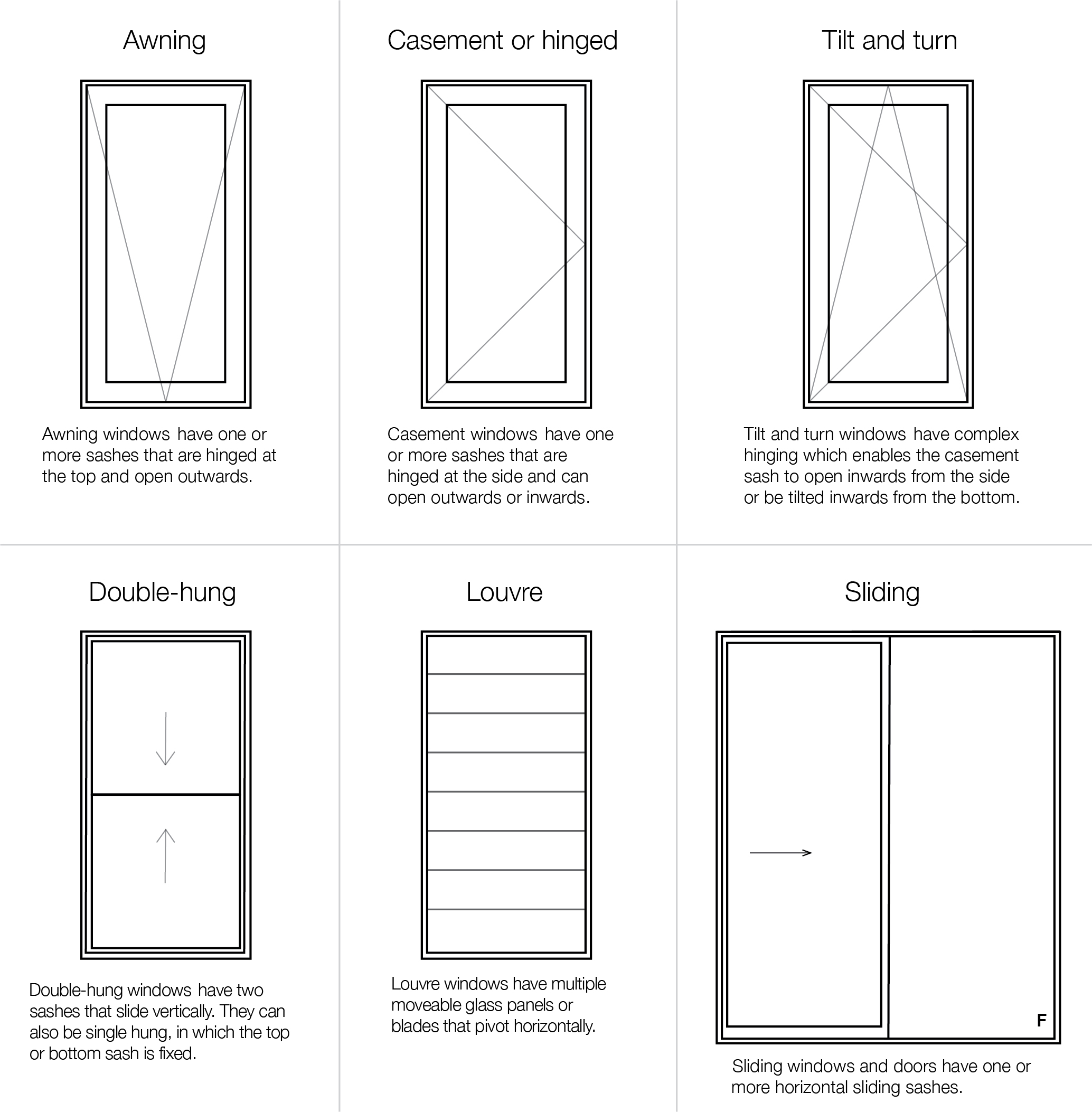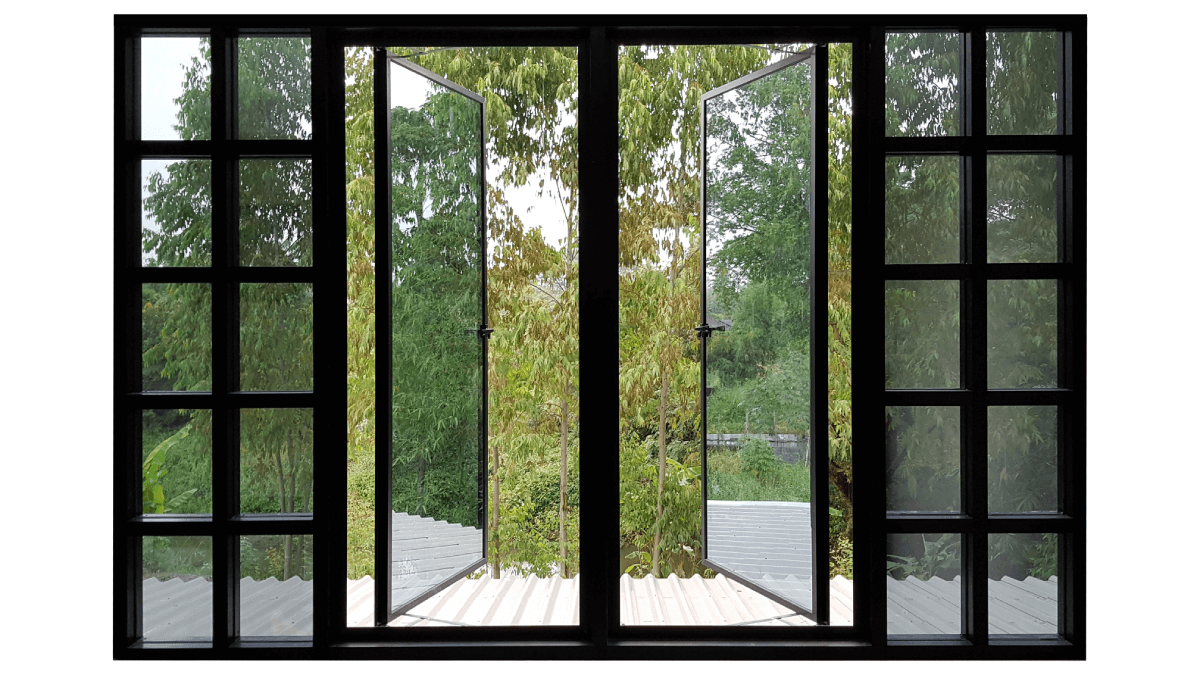All Categories
Featured
Table of Contents
Why Do You Need Double Glazing Windows In Summer? in Wandi Perth
Glazing just suggests the windows in your house, including both openable and set windows, in addition to doors with glass and skylights. Glazing actually just indicates the glass part, however it is typically utilized to refer to all aspects of an assembly including glass, movies, frames and home furnishings. Focusing on all of these aspects will assist you to attain effective passive style.

Energy-efficient glazing makes your house more comfortable and considerably minimizes your energy expenses. Unsuitable or improperly designed glazing can be a significant source of unwanted heat gain in summer season and considerable heat loss and condensation in winter. As much as 87% of a house's heating energy can be gotten and as much as 40% lost through windows.
Best Way To Block Sun Heat From Windows [Professionally] in Balga WA
Glazing is a considerable investment in the quality of your house. An initial financial investment in energy-efficient windows, skylights and doors can considerably decrease your annual heating and cooling costs.

This tool compares window choices to a base level aluminium window with 3mm clear glass. Comprehending some of the essential residential or commercial properties of glass will assist you to select the best glazing for your home. Key properties of glass Source: Adapted from the Australian Window Association The amount of light that passes through the glazing is understood as noticeable light transmittance (VLT) or visible transmittance (VT).
Double Glazing Vs Triple Glazing For Windows (2023) in Rossmoyne Western Australia
The U value for windows (expressed as Uw), describes the conduction of the whole window (glass and frame together). The lower the U worth, the higher a window's resistance to heat circulation and the much better its insulating value.
If your home has 70m2 of glazing with aluminium frames and clear glass with a U value of 6. 2W/m2 C, on a winter season's night when it is 15C cooler outside compared with indoors, the heat loss through the windows would be: 6. 2 15 70 = 6510W That is comparable to the overall heat output of a large room gas heating system or a 6.
Windows Of Opportunity: Your Guide To High-performance ... in Thornlie Perth

If you select a window with half the U worth (3. 1W/m2 C) (for example, double glazing with an argon-filled gap and less-conductive frames), you can cut in half the heat loss: 3. 1 15 70 = 3255W The solar heat gain coefficient (SHGC) for windows (expressed as SHGCw) measures how readily heat from direct sunlight flows through an entire window (glass and frame together).
The lower a window's SHGC, the less solar heat it sends to the house interior. Glazing manufacturers declare an SHGC for each window type and style. The actual SHGC for windows is affected by the angle that solar radiation strikes the glass. This is referred to as the angle of incidence.
Why Double Glazing Keeps Your Home Cooler In Summer? in Booragoon WA
When the sun is perpendicular (at 90) to the glass, it has an angle of incidence of 0 and the window will experience the optimum possible solar heat gain. The SHGC stated by glazing makers is constantly determined as having a 0 angle of incidence. As the angle increases, more solar radiation is reflected, and less is transmitted.
Table of Contents
Latest Posts
Benefits Of Double Glazing Low-e in Applecross Western Australia
Double Glazing Windows - Prices And Installers Near You in East Fremantle Perth
Triple Glazing & Triple Glazed Windows - Hampshire in Innaloo WA
More
Latest Posts
Benefits Of Double Glazing Low-e in Applecross Western Australia
Double Glazing Windows - Prices And Installers Near You in East Fremantle Perth
Triple Glazing & Triple Glazed Windows - Hampshire in Innaloo WA